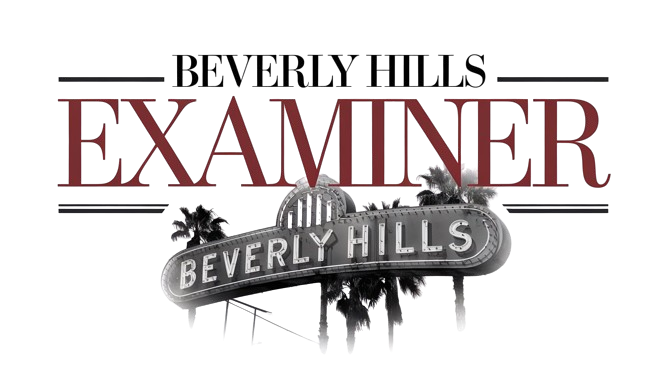Because the documentary marketplace is every bit as beholden to the sway of nostalgia as any other, it shouldn’t come as any surprise that one of its most lucrative genres has focused on TV shows that helped form a target demographic.
If you’re trying to woo a hesitant audience of Gen X or millennial viewers — less a worry with today’s documentary-filled streaming landscape than it might have been a decade ago — looking back on Mister Rogers’ Neighborhood (Won’t You Be My Neighbor?) or Sesame Street (Street Gang) represents an easy way to do it.
Butterfly in the Sky
The Bottom Line
Fine, but probably could have gone twice as high.
Not coincidentally, those shows are the two longest-running children’s series in PBS history, followed by Reading Rainbow, which gets its own documentary retrospective with Bradford Thomason and Brett Whitcomb’s Butterfly in the Sky, debuting at this year’s Tribeca Film Festival.
While Won’t You Be My Neighbor? and Street Gang both had me wishing for a six-or-eight-hour extension of their stories, Butterfly in the Sky already feels drawn out at only 87 minutes. It’s surely not without emotionally satisfying moments and it does a persuasive job of emphasizing the importance of Reading Rainbow and of star LeVar Burton, but the documentary is slight in its artistic and thematic ambition.
Part of the problem — and it’s not really a huge problem so much as a limitation — is that the story of Reading Rainbow is not one dominated by a triumph over adversity or wild evolutions to respond to an audience or market forces. Twila Liggett and Tony Buttino were tasked with creating a new show about reading, but they’d never really done a formal TV show before… so they teamed with Cecily Truett Lancit and Larry Lancit, who had. OK! They needed a host who would bring viewers in and they thought LeVar Burton, hot off of Roots, would be a good choice, but feared he would be too big… so they asked LeVar Burton and he agreed to do the show. OK! They initially struggled to convince publishers to let them showcase their books because they were an unproven commodity… so they did the show and were successful, and then publishers were happy to have their books featured. OK!
Some success stories reflect upheavals of formula or aggressive deviations from the norm, but that simply isn’t the story of Reading Rainbow. Some smart, well-intentioned people got together and did a smart, well-intentioned show and, in Burton, they found a host who represented an underserved audience and was loved by all audiences. Over 155 episodes, its structure and formula barely changed and eventually, when it was no longer a good financial investment, it was canceled.
But, like, it had a good life! Nobody’s bitter! Nobody fought about anything other than when LeVar Burton showed up for one season with a new earring; since you can see the footage of LeVar Burton with a hoop earring from that period, you can tell who won that fight. Plus, several talking heads refer to that earring (or what it represented) as a part of what inspired them about Burton, so the right decision was made.
Burton is the clear star of Butterfly in the Sky, but by virtue of having premiered over a decade after Mister Rogers and Sesame Street, Reading Rainbow also features more key behind-the-scenes talent than those shows’ respective documentaries. All four creators are present for thoughtful interviews, as are various writers and producers who have limited insights into how the show found its structure and tone.
The doc’s best sections revolve around the show’s signature kid reviewers, now grown up and full of pleasant memories of their unscripted introduction to the world of on-air criticism and how that experience and the show’s messages shaped the people they became. Steve Horelick gives an excellent, if brief, overview of how he came up with the synthesizer-fueled opening to the show’s beloved theme song. Galaxy Quest director Dean Parisot, an early Reading Rainbow contributor, tells a harrowing story about the show’s notorious bat cave sequence.
More frequently, though, the documentary’s reminiscences are a bit thin, especially when it comes to positioning Reading Rainbow alongside the foundation laid by Mister Rogers and Sesame Street. Both of those shows established the template for the documentary-style sequences in Reading Rainbow, which you’d never know here, nor would you give much thought to how Sesame Street and its commitment to diversity informed what Reading Rainbow did. A climactic scene with LeVar Burton testifying about the importance of public television funding in front of a House subcommittee is a complementary appearance to Fred Rogers’ famed 1969 Senate plea, which goes unmentioned. It’s not like anybody needs to worry about whether or not the importance of Sesame Street or Mister Rogers’ Neighborhood is being fully acknowledged, but it illustrates a general lack of context throughout the documentary.
Mostly, you’ll tune in because of the affection you feel for the brand and to see if Burton, and his cross-generational appeal, are adequately respected. And they are. Sitting in one of several library backdrops, Burton is always a welcoming storyteller, and his sincere appreciation for the show letting him be himself throughout its run, and connect to and inspire audiences, is touching. Maybe there just isn’t a bigger and more provocative story here.

